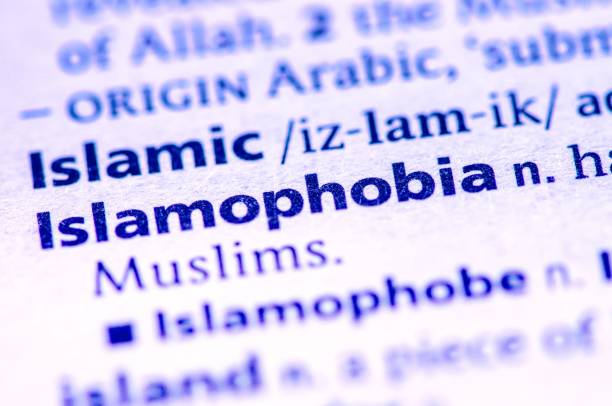An overwhelming rejection of the “minaret initiative” in Switzerland, scheduled for November 29th, would serve as encouragement to all Swiss Muslims. And treating Swiss Muslims as respected and loyal residents would enhance openness and mutual trust in the country. The debate over the integration of the Muslim community into Swiss society is not new and has long been the subject of considerable political tension. The most recent controversy is no different and has already fuelled a heated discussion on whether the construction of minarets in Switzerland should be banned. The Democratic Union of the Centre (UDC, also known as the Swiss People’s Party), a major Swiss political party and forerunner of Swiss conservatism, first initiated the debate. The UDC quickly gathered the requisite 100,000 signatures necessary for a national referendum scheduled for the fall of 2009. It is worthwhile to note that Switzerland has only four minarets throughout the country even though Islam is the country’s second largest religion after Christianity. The UDC is actively mobilising public opinion against what it labels the “Islamisation” of Switzerland, claiming that the percentage of Muslims – 5 percent – has grown too rapidly since the 1980s. But people have been speaking out against this view. Several experts and political leaders have questioned the legality and compliance of the referendum initiative with the Swiss Constitution and the European Charter of Human Rights (ECHR). According to them, the insertion in the constitution of an article prohibiting the building of new minarets would be tantamount to encroaching on other fundamental rights also guaranteed by the same federal constitution, such as equality before the law (Article 8); freedom of belief and conscience (Article 15); guarantee of property ownership (Article 26); the principle of proportionality (Article 5); adherence to international law (Article 5); and prohibition of discrimination (Article 8). At the pan-European level, referendum opponents refer to Article 9 of the European Charter of Human Rights, which guarantees the protection of freedom of thought, conscience and religion. Both the Swiss government and parliament, however, have agreed to allow the Swiss to vote on the issue and express their opinions in a democratic arena. As such, over the coming months, Swiss civil society and media must begin an honest and constructive debate over the possible consequences of such a referendum, using television as the most efficient way to reach Swiss households. It is, for example, important to explain that the minaret is part of a mosque’s architectural structure, just as a bell tower is an integral part of most churches, and that the minaret is not the symbolic representation of Islamic law (which is construed by some as undemocratic). Moreover, the Swiss media could invite the imam of the Bosnian Islamic community in Geneva, representatives of the Turkish Islamic community, representatives of the Albanian Islamic community and Swiss students to partake in a public debate. It is through television, radio and newspapers, with their direct impact on public opinions, that proper information on Islam and its practice in Switzerland can be disseminated. Certainly, such during such a debate there are some who would depict Switzerland’s Muslims as disrespectful of Swiss law, unworthy of trust and unpatriotic. However, the reality is different, given the high levels of integration of Muslims in Switzerland. Ultimately, this referendum presents an opportunity to show the world that the Swiss respect the faiths of their fellow citizens. A variety of voices must engage in the debate in order to persuade citizens that support for banning minarets would be potentially detrimental to national unity.
Over the past decade, Switzerland has invested heavily in social cohesion, notably by stopping the growth of ghettos which create socio-economic barriers, and by supporting the integration of new immigrants, particularly Muslims. Emir Cengic reports.






